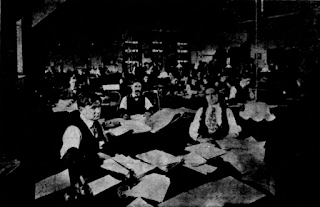Resumo:
Despite massive large-scale asset purchases (LSAPs) by central banks around the world since the global financial crisis, there is a lack of empirical evidence on whether and how these programs affect the real economy. Using rich mortgage-market data, we show that the main transmission channel works through inducing an increase in refinances. In particular, we document a “flypaper effect,” where the transmission of LSAPs to interest rates and (more importantly) origination volumes depends crucially on the assets purchased and the degree of segmentation in the market. QE1, during which the Fed primarily purchased GSE-guaranteed mortgage-backed securities, increased GSE-guaranteed mortgage origination by almost $400 billion more than non-GSE origination. This substantially reduced interest payments for refinancing households, resulting in a larger average annual savings than the one-time stimulus checks and increasing aggregate consumption by $93 billion. We argue that this disparity in the response to QE purchases, combined with new mortgage origination bunching sharply around GSE eligibility cutoffs, represents de facto allocation of credit across geographies, borrowers, and mortgage market segments. In our counterfactual analysis, we estimate that relaxing GSE eligibility requirements would increase refinancing by 16% in economically distressed regions and would increase cash-out refinancing by $10 billion. These results highlight the complementarity between monetary policy and macroprudential housing policy with important lessons for future policymakers.
How Quantitative Easing Works: Evidence on the Refinancing Channel - The Review of Economic Studies, Volume 87, Issue 3, May 2020, Pages 1498–1528, https://doi.org/10.1093/restud/rdz060




















































